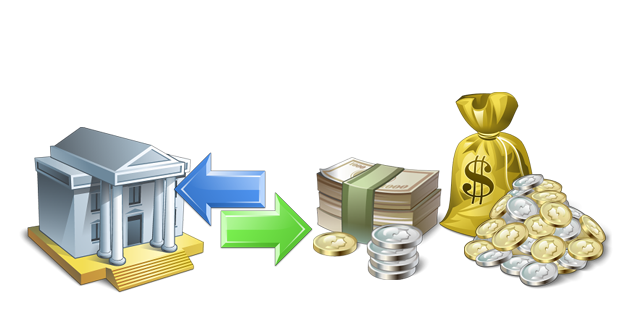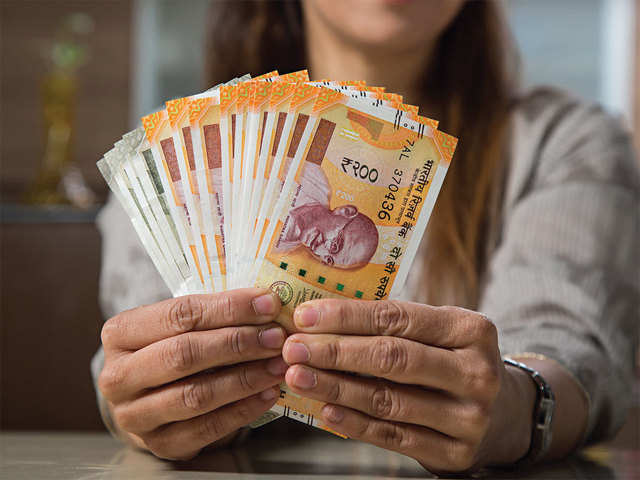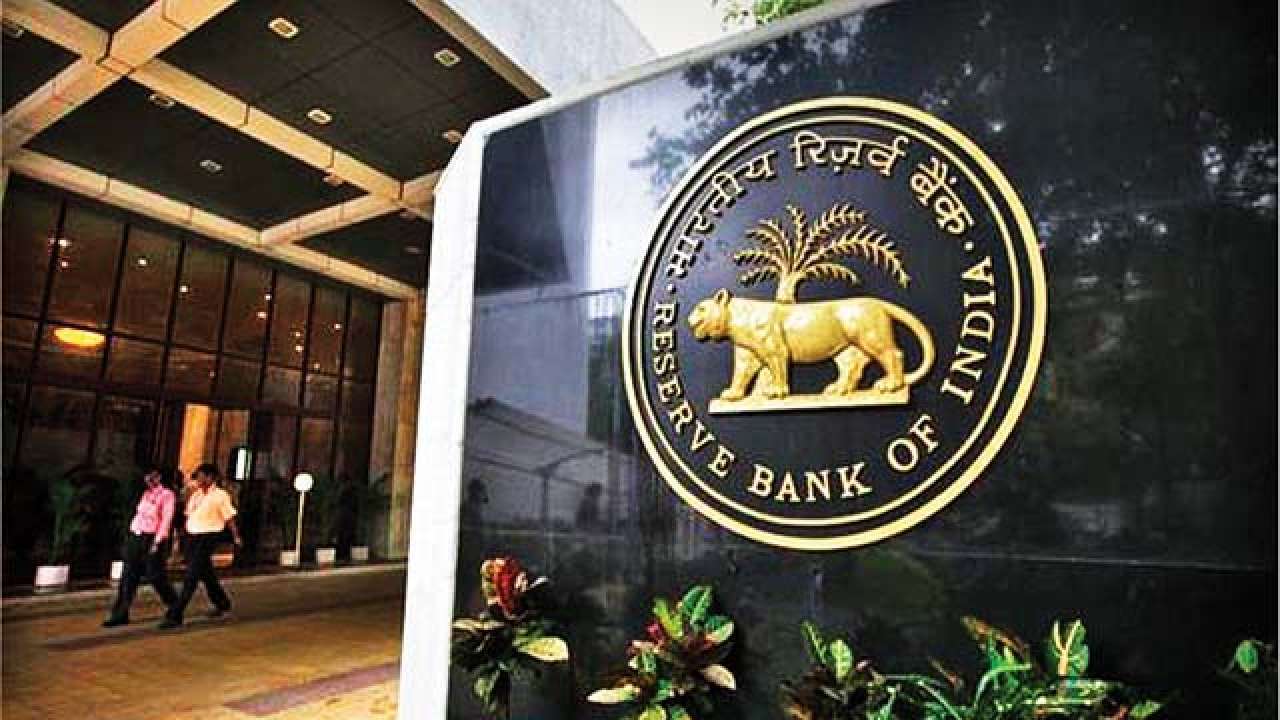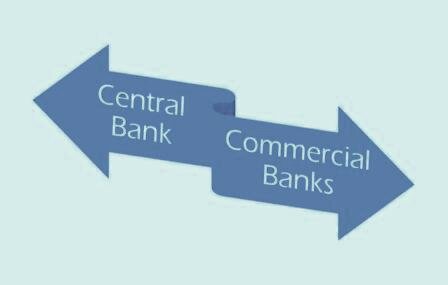Credit Creation By Bank| CBSE
Bank:
It is that financial institution which accepts deposit and grant loans to general public.

Functions Of Bank:
a) a) Accept Deposit: Commercial Banks Accepts deposits from general public and provide interest to them on their deposits. By depositing money, General Public also get secured for their money.

b) b) Advancing loan: Commercial Banks provide loans to general public and take interest on loan. The difference between the interest provided and interest received is the income of the bank. Loan may be granted in the form of cash, reserves , overdraft, etc.
Have You Read?

Commercial Banks increases flow of money in an economy by “Credit Creation”. The bank issues loans from their cash resources with confidence on their historical experience that all depositors will not withdraw their funds at a time.
LRR or Legal Reserve Ratio is the minimum ratio of deposits legally required to be kept as cash by bank.
Money Multiplier = 1/ LRR
Total Money Creation = Initial deposits/LRR
Lets assume,
LRR=20% , Demand deposits= Rs. 10,000
Amount kept by banks= 10,000*20%
= Rs. 2,000
So, bank will suppose to lend left 8,000 rupees. Bank grant loans to general public. Those people who borrow, use this money for making payments, and all transaction will be carried out through banks.
Now,those who will receive Rs.8,000 , the bank will kept some money ( Rs. 8,000*20%= 1,600) as cash and lends left money (8,000-1,600=6,400) which is also 80% of last deposit. Now, money will again comes back to the bank,i.e., 6,400 as fresh demand deposit.
Central Bank:

It is an apex institution which is supposed to control entire banking system of the country. It serves as a banker to the Govt. And manages foreign exchange of country.
Functions:
a) Issue Notes and currency- Central Bank of the country has monopoly right of issuing notes. The notes issued by central govt. are an unlimited legal tender.
b) Government’s bank- Central Bank is a banker, agent and financial advisor to the Govt. It manages accounts of the government . It buys and sells securities on behalf of the Govt. It frames policies to regulate money market and offers loan to Govt. against Govt. Securities.

c) Banker’s bank- It has almost same relation with other banks in the country as commercial banks has with its customers. It accepts deposits from commercial bank and offers them loans. The ate at which central bank offers loans to commercial bank is called Repo Rate.
Lender of Last Resort- Commercial Banks create liabilities many times more than their Cash Reserves. This arrangement works fine so long as people have confidence in Banking System. Sometimes, there’s a situation when bank suffers crises of confidence. The depositors fear that bank may run out its cash reserves. So, people start withdrawing their deposits. It is a situation that central bank acts as lender of last resort . It offers loans to bank to cope with crises. It also stands as a guarantor of saving its solvency.
e) Custodian of foreign exchange- It exercises managed floating. It refers to sale and purchase of foreign exchange with view of achieving stability of exchange rate for domestic currency.
f) Clearing House Function- It performs function of clearing house. E.g.: Bank A receive cheque of Rs.1,00,000 drawn on Bank B and Bank B receive cheque of Rs. 1,50,000 drawn on Bank A. Then,both the banks cleared their cheques through their accounts with central bank. This is how Central Bank acts as a clearing house. It avoids transfer of cash between banks and reduces requirement of cash.
g) Credit Control- It control supply of the credit in the economy. It increases or decreases the supply of money by regulating credit creation by commercial bank.
Central Bank Vs. Commercial Bank

a) Central Bank is an apex institution; it is Banker's Bank While Commercial bank works under central bank.
b) Commercial Bank focuses on profit maximisation While Central Bank focuses on growth of economy.
c) Commercial Bank contributes to supply of money through credit creation While Central Bank controls creation of credit through CRR and SLR.
d)Commercial Bank deposits and grant loans to general public While Central Bank does not deal with general public.
e)Central Bank issues currency while commercial bank doesn't.
RBI Control Money Supply in Economy
The central bank adopts various measures to control the supply of money in the economy.

Quantitative Measures:
Those instruments which focus on the overall supply of money in the economy.
a) Bank Rate: It refers to the loans offered by RBI to commercial banks without any collateral. It relates to borrowing by commercial banks to cope up with crises.
b) Repo Rate: It refers to the loans offered by RBI to commercial banks with collateral.It relates to short term borrowings by commercial bank.
c) Cash Reserve Ratio(CRR): It refers to the ratio between cash reserves of commercial bank with RBI and their demand deposits.
Credit Multiplier= 1/CRR
Increase in CRR causes a multiple times decrease in credit creation capacity of commercial bank. Similarly, decrease in CRR causes a multiple times increase in credit creation capacity of commercial banks. RBI raises CRR to correct inflation and lowers it to correct deflation.
d) Statutory Liquidity Ratio(SLR): It refers to ratio between liquid assets and their total demand deposits.It is fixed by RBI and is varied from time to time.
It is raised during inflation, credit creation capacity of the banks is reduced. On the other hand, SLR is lowered during deflation , banks a re encouraged to expand credit by way of loans.
e) Open Market Operation:It refers to sale and purchase of securities in the open market by RBI.
Inflation is corrected by selling securities and soaking liquidity.Deflation is corrected by buying securities and releasing liquidity.
Feel free to contact,
Do Comment ,Share and Subscribe,
Don't Forget to Subscribe.




Comments
Post a Comment